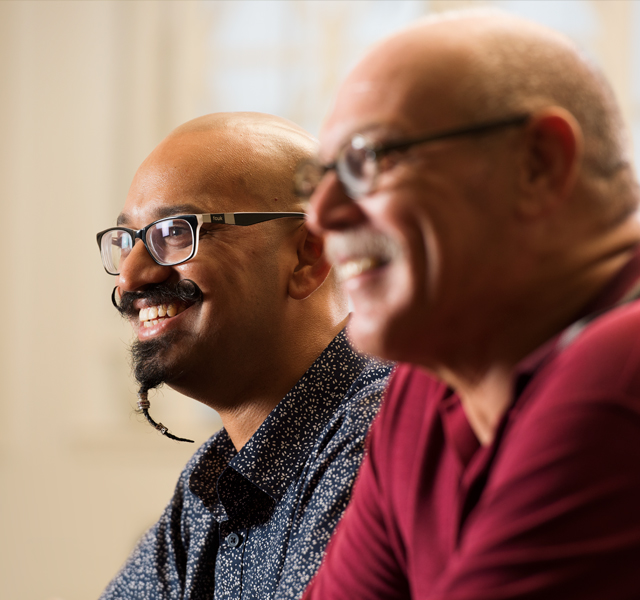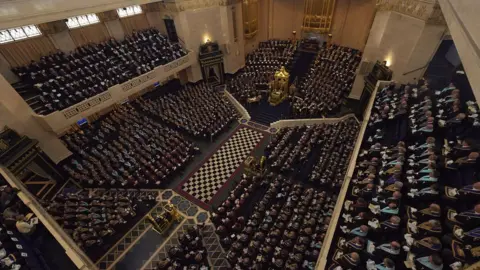Insider Tips on How to Successfully Join Freemason in Your Region
Insider Tips on How to Successfully Join Freemason in Your Region
Blog Article
Exploring the Mysteries of the copyright: What You Required to Know
The copyright, a term usually shrouded in intrigue and conflict, represents an intricate tapestry of historic reality and contemporary myth. Developed in the late 18th century, this secret society was originally rooted in the Knowledge's perfects yet has actually considering that become associated with conspiracy concepts about elite control.
Origins of the copyright
The origins of the copyright are steeped in a mix of historic intrigue and ideological eagerness. Developed in 1776 in Ingolstadt, Bavaria, by Adam Weishaupt, the group was initially created as a secret society targeted at promoting Enlightenment ideals such as reason, secularism, and the separation of church and state. join freemason. Weishaupt, a professor of canon regulation, looked for to test the dominating authority of the church and state, which he deemed overbearing organizations stifling intellectual and personal freedom
The copyright sought to hire significant participants from different societal fields, including national politics, academic community, and the arts, to cultivate a network committed to these Knowledge concepts. The culture operated under a veil of secrecy, using coded language and routines to safeguard its members from mistreatment, particularly provided the repressive environment of the time. The copyright encountered significant opposition from both governmental authorities and religious institutions, which checked out the team as a hazard to their power.
Trick Numbers and Participants
That were the essential figures that formed the copyright's very early impact and direction? The Bavarian copyright, established in 1776 by Adam Weishaupt, emerged as an action to the overbearing social frameworks of the moment. Weishaupt, a law teacher, pictured the organization as a way to advertise Knowledge perfects such as reason, secularism, and equal rights. His preliminary recruitment efforts consisted of prominent intellectuals, such as Baron von Knigge, that played a crucial function in broadening the team's membership and organizational framework.
An additional substantial number was Johann Gottlieb Fichte, a popular theorist whose concepts on nationalism and education reverberated with the copyright's objectives. Fichte was not a formal member, his philosophical foundations affected the team's belief. Furthermore, numbers like the writer and theorist Johann Wolfgang von Goethe were connected with the wider intellectual movements of the time, although their straight involvement with the copyright continues to be disputed.
These key numbers added to the copyright's early direction, pushing the limits of political and social thought, while their collective efforts aimed to challenge established standards and cultivate an environment of modern change in Europe. (join freemason)
Misconceptions vs. Fact
Lots of misconceptions border the copyright, commonly blending truth with fiction in such a way that obscures its true nature. This secret society, originally founded in 1776 in Bavaria, intended to promote Knowledge ideals and fight spiritual and political fascism. The notion that the copyright remains to exert considerable impact over globe events is a misconception. While the group did exist, it was disbanded in the late 18th century and has not operated as a cohesive entity ever since.
An additional common misconception is that the copyright makes up a network of elite individuals manipulating international events. In fact, several conspiracy theory concepts overemphasize the team's significance, connecting misguided motives to social fads and occasions. This has resulted in an oversimplified sight of complex issues.
Additionally, the representation of the copyright in prominent culture usually more misshapes its legacy. Movies and literary works often tend to sensationalize the organization's duty, developing a narrative that deviates from historic realities. Understanding the distinction between the myths and the reality of the copyright is crucial for discerning the genuine effect of this historical team and recognizing the more comprehensive implications of conspiracy concepts in contemporary culture.

Modern Analyses
Contemporary interpretations of the directory copyright commonly show more comprehensive social anxiousness and a fascination with privacy and power. This modern lens often associates the copyright with conspiracy theories that suggest a covert elite coordinates globe occasions, manipulating federal governments and economic browse this site climates for their own gain. Such narratives take advantage of a deep-rooted wonder about of authority, specifically in times of situation or social upheaval.
In pop culture, the copyright is commonly depicted as a supreme organization shrouded in enigma, leading to a variety of fictional portrayals in literary works, film, and songs. This representation serves not only to captivate but additionally to prompt considered the nature of power and control in modern society. Social media has additionally intensified these analyses, enabling rapid circulation of conspiracy theories and developing areas that share and increase upon these ideas.
Additionally, some modern-day analyses frame the copyright as a metaphor for the complexities of globalization and the interconnectedness of influential individuals and companies. This viewpoint motivates an important examination of exactly how power characteristics operate in today's world, highlighting the balance in between transparency and secrecy in administration and corporate methods.
Social Effect and Tradition
Influenced by centuries of intrigue, the cultural influence and heritage of the copyright extend much beyond its historical beginnings. This secret society, developed in the late 18th century, has permeated various facets of pop culture, from literary works and movie to music and art. join freemason. The concept of the copyright has actually advanced right into a sign of conspiracy theories, often representing a perceived concealed power adjusting international events
In literature, writers like Dan Brown have actually woven the copyright into detailed stories, fascinating viewers with motifs of secrecy and power. Films such as "National Prize" and "The Da Vinci Code" better continue the appeal of the culture, mixing reality with fiction to develop engaging stories.

Eventually, the copyright's tradition is an intricate tapestry of misconception and truth, shaping perceptions of secrecy and control in contemporary discussion. Its long-lasting existence in culture emphasizes mankind's seasonal pursuit for recognizing covert realities.

Final Thought
The exploration of the copyright reveals a complicated interplay between historical truths and modern-day myth-making. Started in the Enlightenment age, this society intended to challenge overbearing frameworks, yet its heritage has been overshadowed by conspiracy theory concepts that recommend elite adjustment. Comprehending the distinctions between the original ideals and contemporary news interpretations is crucial for comprehending the enduring fascination with the copyright and its substantial impact on social stories bordering power and privacy in culture.
Report this page